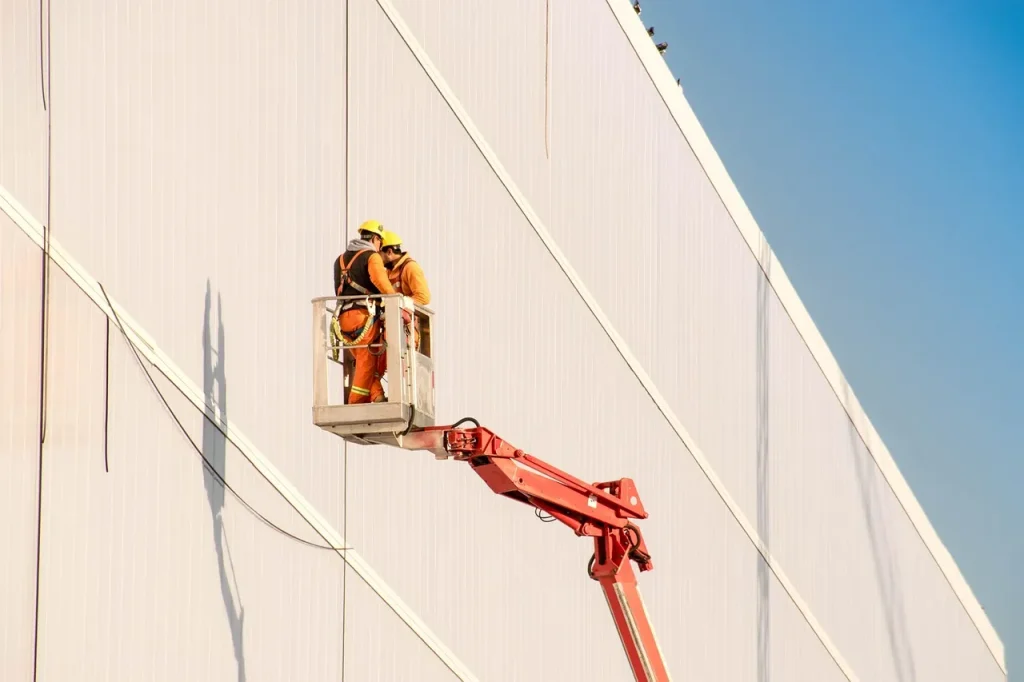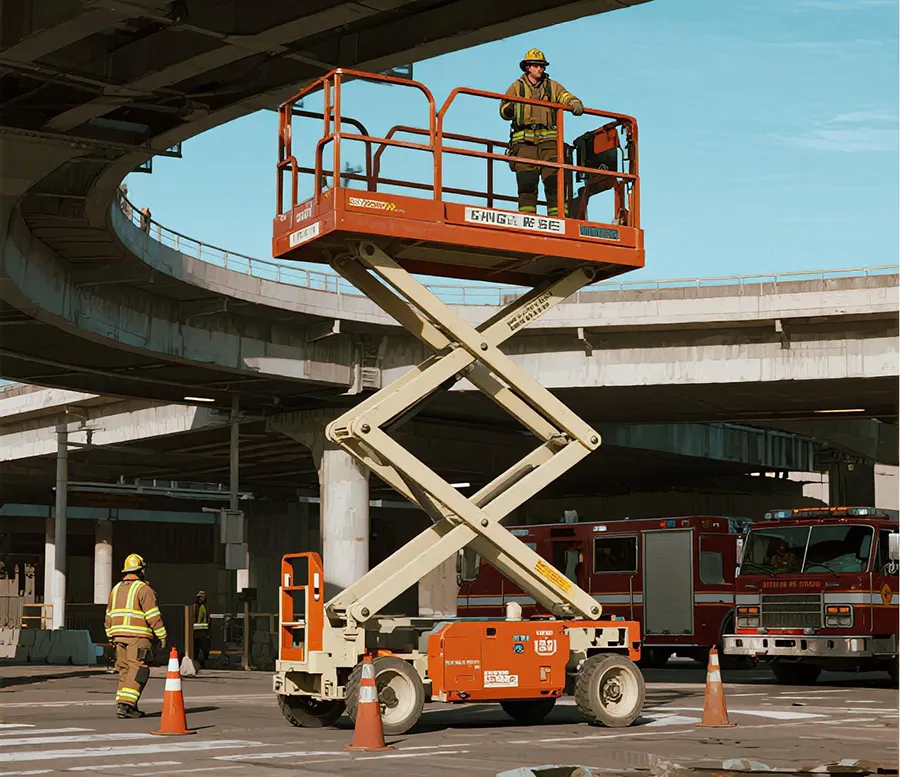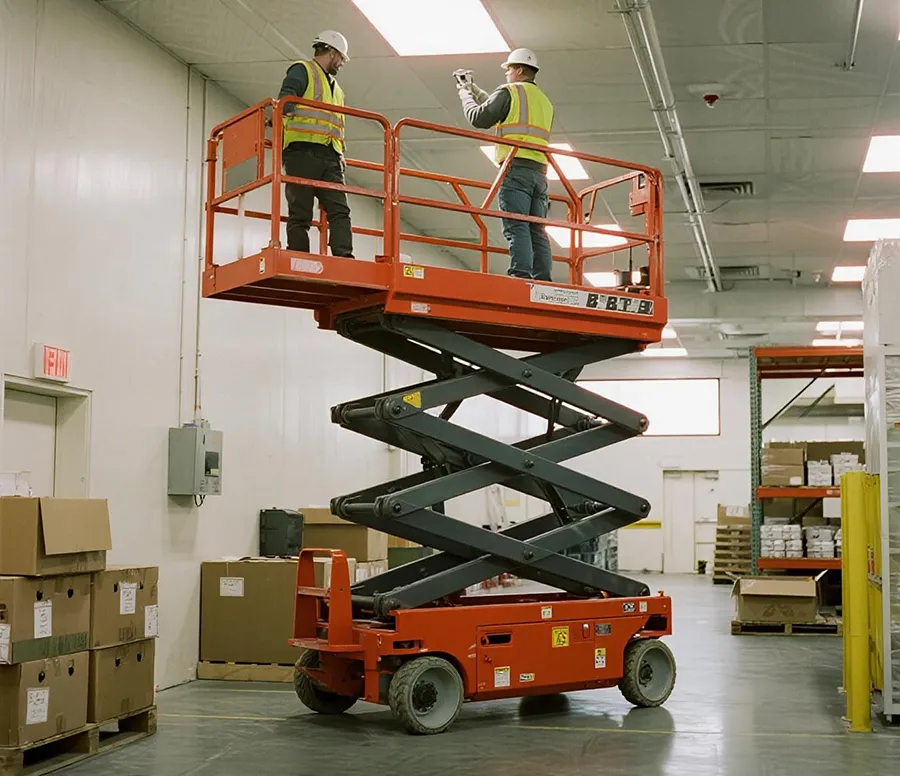However, a central question frequently arises within the industry: “Is a scissor lift an aerial lift?” While this might seem like an obvious question at first glance, the answer isn’t always a straightforward “yes.” This difference in understanding isn’t just about using the correct terminology; it directly impacts safe operating procedures, personnel training, and regulatory compliance for these machines.
OSHA's Official Stance on the Matter
Regarding the question of whether a scissor lift falls under the category of an aerial lift, the U.S. Occupational Safety and Health Administration (OSHA) provided a clear and authoritative answer in an official interpretative letter (RE: Subpart “L” – Scissor Lifts) published on August 1, 2000.
Here’s a summary of its core points:
1. Scissor Lifts Are Not Aerial Lifts
OSHA points out that its regulatory definition of aerial lifts comes from the American National Standards Institute (ANSI) A92.2-1969 standard. This standard defines equipment types like extensible boom lifts, articulating boom lifts, and vertical lifts. A scissor lift, even if its platform can extend, doesn’t fit the definition of any of these categories. Because of this, OSHA’s specific regulations for aerial lifts (§1926.453) don’t apply to scissor lifts.
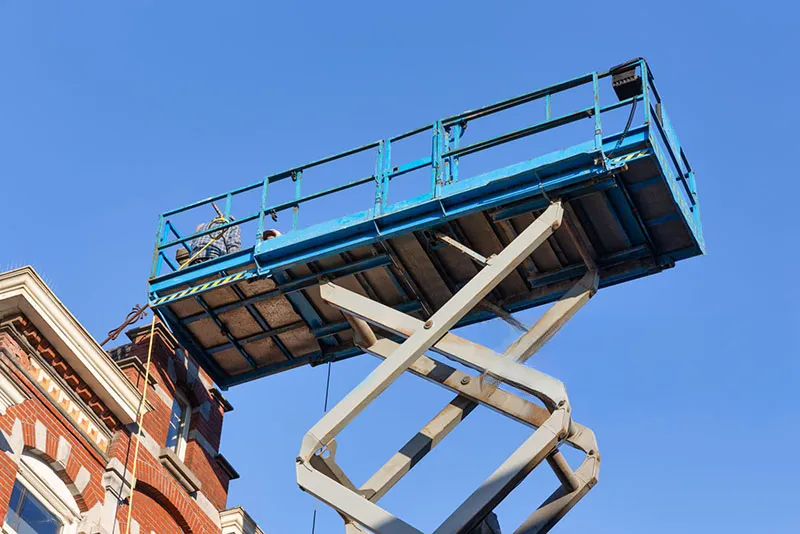
Additionally, OSHA defines an aerial lift as “any vehicle-mounted elevating and rotating work platform.” This definition is key to distinguishing it from a scissor lift, since scissor lifts aren’t considered “vehicle-mounted equipment” in the same regulatory sense.
2. Scissor Lifts Are Classified as Mobile Scaffolds
While there aren’t specific regulations dedicated solely to scissor lifts, OSHA clearly states that they fit the definition of scaffolds (§1926.451). Due to their mobile nature, they should be considered mobile scaffolds and, as such, must comply with the specific requirements for mobile scaffolds found in OSHA’s construction industry scaffolding standards (Subpart L, §1926.452(w)).
Furthermore, in this letter, OSHA specifically corrected an erroneous statement made in a 1997 guidance document, which had incorrectly categorized scissor lifts as aerial lifts. This 2000 interpretative letter formally revoked and replaced that previous incorrect statement, establishing the official classification of scissor lifts as mobile scaffolds.
Industry Terminology and Common Usage
Even though OSHA officially classifies scissor lifts as mobile scaffolds from a regulatory standpoint, things aren’t so clear-cut in daily job site conversations and industry jargon.
In practice, many operators, safety managers, and construction workers broadly refer to any mechanical equipment that lifts people and tools to elevated heights as an “aerial lift” or “aerial work platform.” This is a common, functional way of speaking because it’s simple and intuitive. From this perspective, a scissor lift is certainly a “platform” that operates at “heights.”
However, a more modern and precise industry term is Mobile Elevating Work Platform (MEWP). This term has been adopted by almost all contemporary global safety standards, covering all types of equipment, including scissor lifts and boom lifts. Calling a scissor lift a MEWP is currently the most accurate and professional terminology.
In short, while the common term “aerial lift” often includes scissor lifts, the industry is shifting towards the more precise term MEWP.
Current Key Industry Standards: The ANSI/SAIA Classification
OSHA’s regulations (§1926.453) reference the 1969 version of the ANSI A92.2 standard, which is precisely why its classification system seems a bit outdated. The industry itself has long since updated its standards; the current authoritative standard is the ANSI/SAIA A92 series.
These newer standards abandon the binary distinction between “aerial lifts” and “scaffolds,” instead using the unified term Mobile Elevating Work Platform (MEWP) for all such equipment. MEWPs are then divided into different groups and types based on their mobility and lifting characteristics:
- Group: Categorized by whether the platform’s position extends beyond the tipping line of the chassis.
○ Group A: The platform’s center always remains within the chassis’s footprint (e.g., most scissor lifts).
○ Group B: The platform can extend beyond the chassis’s footprint (e.g., boom lifts). - Type: Categorized by the equipment’s ability to travel.
○ Type 1: Can only travel in the stowed position.
○ Type 2: Can travel with the platform elevated, but is controlled by personnel on the ground.
○ Type 3: Can travel with the platform elevated, and is controlled by an operator on the platform.
According to this modern classification:
- A scissor lift is typically a Group A, Type 3 MEWP.
- A boom lift is typically a Group B, Type 3 MEWP.
Modern industry standards (ANSI/SAIA) don’t dwell on whether something is an “aerial lift.” Instead, they use a more scientific classification (MEWP Group A/B, Type 1/2/3) to precisely describe equipment characteristics, which better reflects the associated safety risks.
Core Standards and Design Differences in Old vs. New Industry Classifications
Both older and newer industry standards differentiate between scissor lifts and boom lifts (like telescopic or articulating types) for a fundamental reason: their design principles and potential risks are entirely different.
Scissor Lifts
- Lifting Mechanism: The platform can only lift vertically, directly above its chassis.
- Stability: The platform’s center of gravity always remains within the wide footprint of the chassis, offering relatively higher stability.
- Primary Risks: Tipping over is the main risk, commonly associated with operating on uneven or sloped ground, overloading, or strong gusts of wind. Guardrails serve as the primary fall protection system.
Boom Lifts
- Lifting Mechanism: The platform can move extensively both vertically and horizontally via a telescopic or articulating boom, allowing it to reach over obstacles.
- Stability: The further the platform extends, the closer the equipment’s overall center of gravity gets to its tipping point.
- Primary Risks: Beyond tipping, boom lifts have a unique and significant risk: the “Catapult Effect.” When the chassis suddenly jolts or hits a pothole, the long boom can act like a lever, amplifying the energy and potentially throwing the operator off the platform like a slingshot.
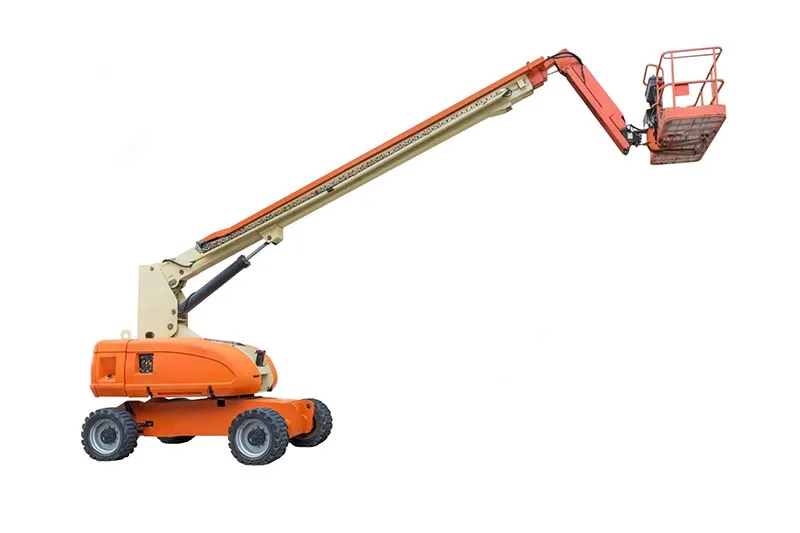
It’s precisely because of the “Catapult Effect” risk that OSHA and all industry standards mandate the use of personal fall protection systems (like harnesses and lanyards) on boom lifts. For scissor lifts, whose risk model is closer to “a mobile, guarded room,” it’s generally accepted that intact guardrails sufficiently provide fall protection.
The core difference between the two lies in their method of movement and the type of risks they pose. The “catapult risk” of boom lifts is the fundamental reason why wearing a harness is compulsory for them, a risk that scissor lifts simply don’t have.
Conclusion
As we’ve explored in this article, the seemingly simple question, “Is a scissor lift an aerial lift?” actually involves multiple layers of complexity, touching on the evolution of regulations, changes in industry terminology, and distinct equipment risk profiles.
From OSHA’s strict definition based on older standards, to the general functional understanding of “aerial lifts” within the industry, and finally to the globally harmonized Mobile Elevating Work Platform (MEWP) classification system, this shift in naming and categorization pushes us to identify risks more scientifically and establish more precise operating standards. Ultimately, this helps us build safer and more efficient work environments.
As an experienced manufacturer in the aerial lift sector, we don’t just understand industry standards; we’re dedicated to providing you with safe, reliable, and high-performance aerial work platform solutions. We produce and sell a wide range of new and high-quality used scissor lifts, boom lifts, and other MEWPs. No matter the size of your project or whether you need new or used equipment, we can custom-tailor the perfect solution for you. Contact us today for your personalized plan!
